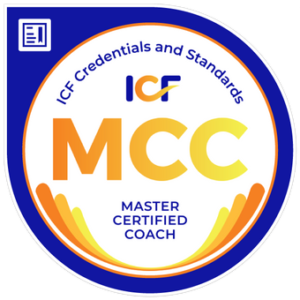
8 Best Practices for Powerful Team Meetings
Are you always looking to discover proven strategies to foster high-performing teams and boost productivity? My mission is to empower you and your team to reach new heights of strength, efficiency, and leadership. One of the most necessary practices of a successful team can also the most dreaded…the team meeting. It doesn’t have to be that way. Let’s unleash your facilitation skills with these eight expert-recommended best practices.
I’ve refined these invaluable principles through years of hands-on experience, and they hold the key to creating dynamic, high-performing teams. Whether you’re a visionary leader, a strategic manager, or a dedicated team nurturer, implementing these tried-and-tested strategies will cultivate a profound sense of psychological safety and unlock your team’s maximum potential.
- Be the Guide on the Side, Not the Sage on the Stage
In team meetings, it is crucial to adopt the role of a guide rather than a dominant figure. While keynote speaking calls for a sage on the stage, small group meetings require facilitators to be encouragers and guides. Physically positioning yourself alongside the group fosters camaraderie and a sense of togetherness, resulting in more effective collaboration.
- Start with Engaging Icebreakers
Icebreakers are an excellent way to kickstart team meetings. By incorporating interactive activities, you can ensure active participation and make individuals feel valued. Whether it’s a simple word association exercise or a physical task, icebreakers set a positive tone and encourage everyone to contribute.
- Provide Clear Instructions and Visual Aids
To minimize confusion and enhance understanding, it’s essential to pair verbal instructions with visual aids or handouts. Asking a volunteer to summarize the instructions in their own words reinforces clarity and encourages active listening. This approach also instills a sense of ownership and ensures everyone knows the time constraints of each exercise.
- Encourage Movement and Active Participation
Sitting for long periods can hinder productivity and engagement. By incorporating movement and encouraging participants to stand or interact with their environment, you can energize the atmosphere and promote better blood circulation. Consider taking short breaks outside the meeting room or organizing exercises that involve physical movement.
- Cater to Different Learning Styles and Strengths
Every team is composed of individuals with diverse strengths and learning preferences. Recognize that some team members may thrive in verbal interactions, while others need time for introspection. Incorporate activities that accommodate different learning styles, such as discussions for influencers, quiet reflection for strategic thinkers, and interactive exercises for relationship builders and executors.
- Foster Collaboration in Pairs and Small Groups
Promote bonding and meaningful interactions by incorporating various pair and small group activities throughout the meeting. This can range from brief bonding exercises to longer breakout sessions. Afterward, bring the groups back to the larger setting and encourage volunteers to share their experiences, fostering a sense of community and learning.
- Be Personable, Professional, and Playful
As a facilitator, it’s important to strike a balance between professionalism and creating a comfortable, playful atmosphere. Lead by example and exhibit a personable and professional demeanor while incorporating humor and lightheartedness when appropriate. This creates a positive and engaging environment for participants.
- Utilize Your Phone for Authentic Imagery
Capture real-life moments during team meetings by using your phone to take pictures or record videos. Ensure you have obtained permission from participants beforehand and consider utilizing these visuals for marketing purposes. When recording videos, remember to film horizontally for optimal viewing and repurposing across various platforms.
Facilitating effective team meetings requires careful planning, understanding of individual strengths, and the ability to create an engaging and supportive environment. By implementing these eight best practices, you can enhance collaboration, increase productivity, and foster growth within your team. Download this helpful guide to make sure you’re utilizing all eight best practices.
If you’re looking to improve your facilitation skills or want assistance in building these skills within your organization, explore the programs offered by Strengths Champion Solutions. Embrace these practices and watch your team meetings become powerful platforms for growth and success.
At Strengths Champion Solutions, we also offer three strengths-based masterminds designed to help you develop as a leader, grow your business, and enhance your coaching and facilitation skills. Visit our website to learn more and determine if you’re a good fit for our success-oriented mastermind programs.
Until our next blog post, continue to grow stronger, work smarter, and lead wiser!





